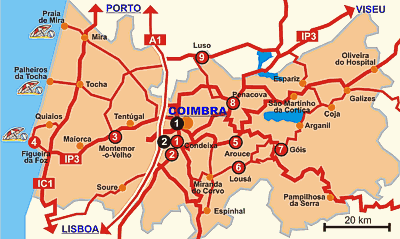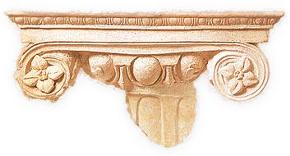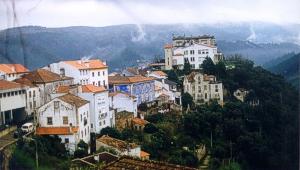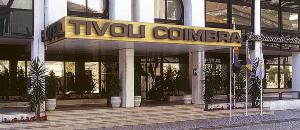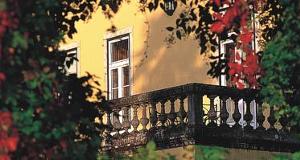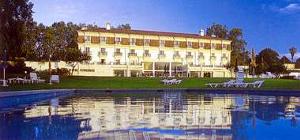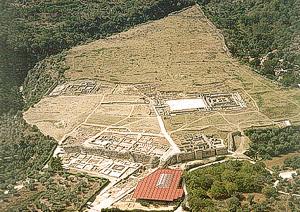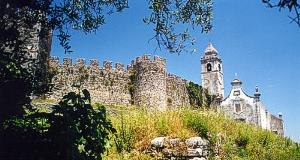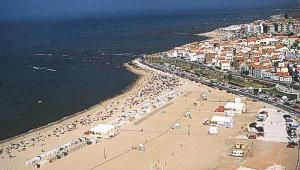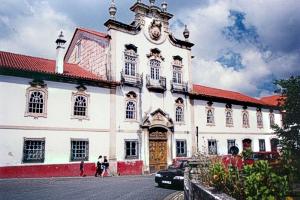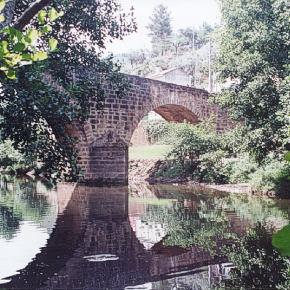 |
|
 Lousã is a charming town due to the beauty of the landscape in
which the plains join the mountainous ridge, and to its magnificent 18th-century
houses (such as the Palácio dos Salazares).
Lousã is a charming town due to the beauty of the landscape in
which the plains join the mountainous ridge, and to its magnificent 18th-century
houses (such as the Palácio dos Salazares).
 The town
of Góis, more than eight centuries old, lies in a narrow and deep
valley, between the mountains of Carvalhal and of Rabadão, at about
40 kilometres (25 miles) from Coimbra. The town
of Góis, more than eight centuries old, lies in a narrow and deep
valley, between the mountains of Carvalhal and of Rabadão, at about
40 kilometres (25 miles) from Coimbra.
Besides the Renaissance mother church of Santa Maria Maior, it is worth
admiring the Manueline Bridge with its three arches, the Castle, and the
panels on the ceiling of the Paços do Concelho, representing fantasy
and biblical figures; in the environs, various chapels offer dazzling
views, such as the chapel of Santo António das Neves, in the middle
of the Serra da Lousã and which is still within the county´s
limits.
|
